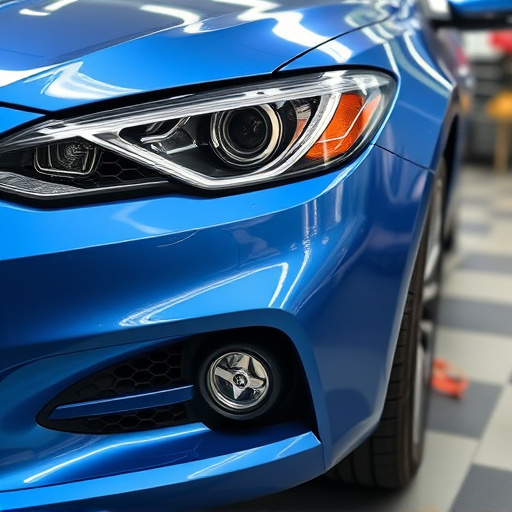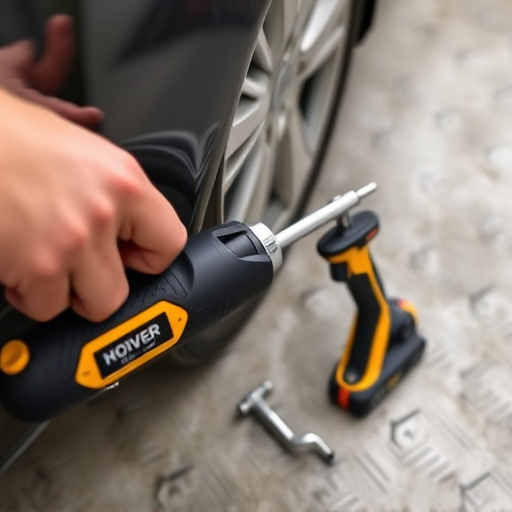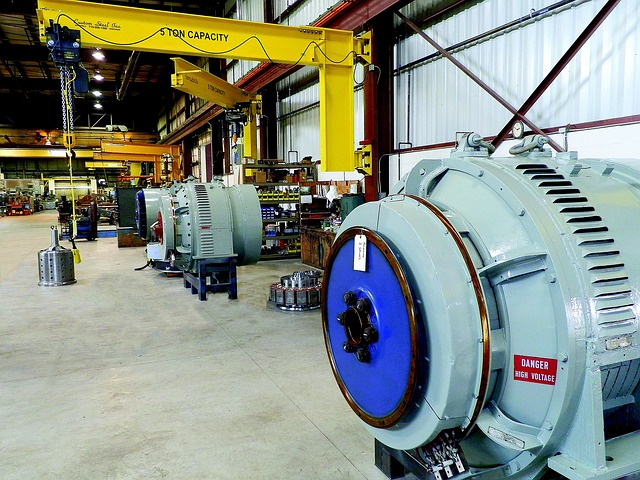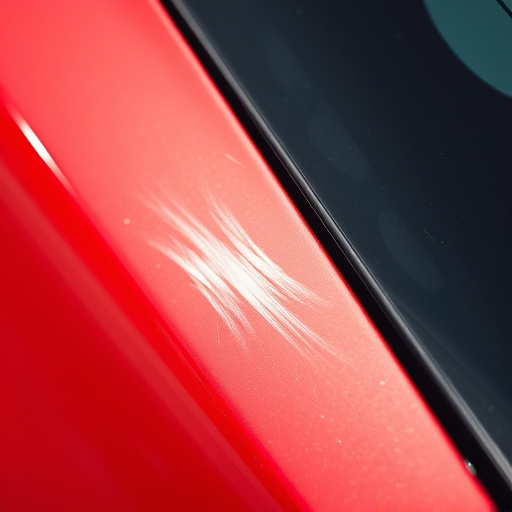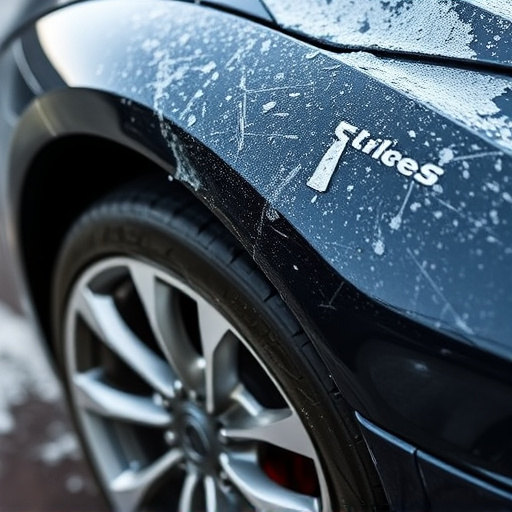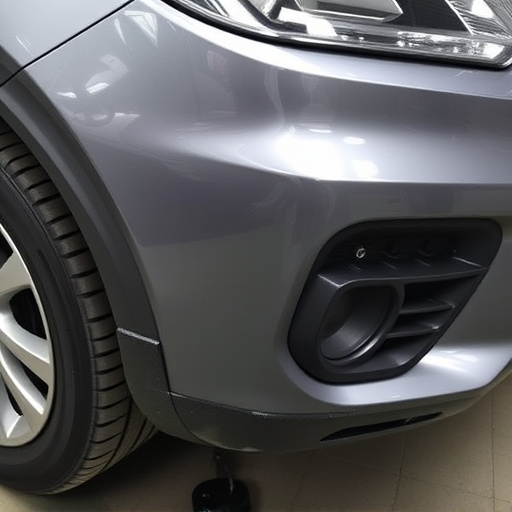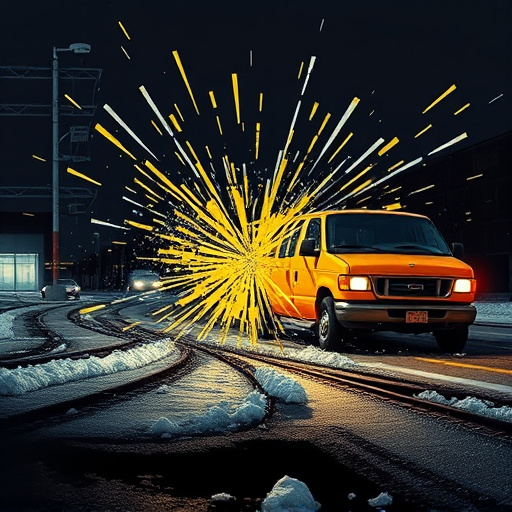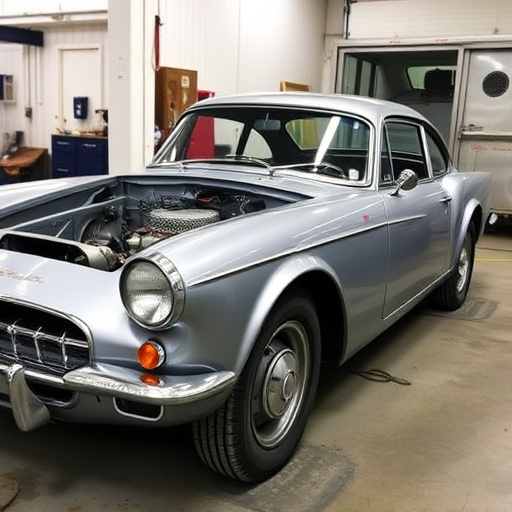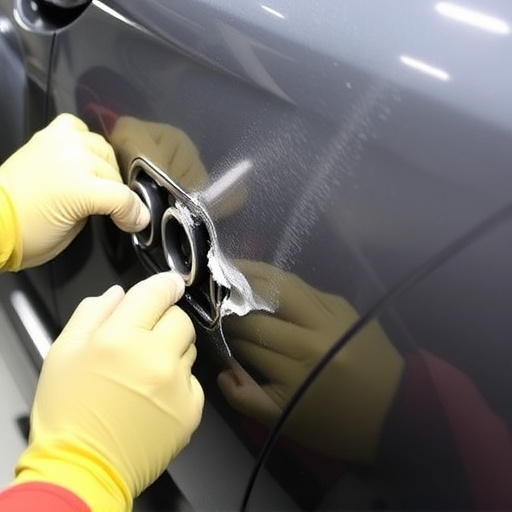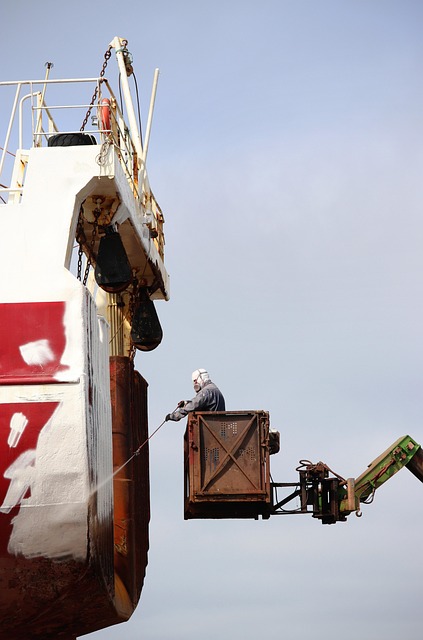In today's automotive market, top-tier quality collision repair services are defined by evolving standards and customer expectations. Consumers demand repairs that prioritize safety, longevity, and aesthetic appeal, driven by complex vehicle designs and stricter regulations. Professionals must use advanced techniques like CAD and state-of-the-art equipment to meet these demands. Adherence to industry standards and certifications ensures high-quality repairs, fostering customer confidence. This involves skilled technicians, cutting-edge technology, and top-tier service, with transparent communication and competitive pricing. Advanced technology, including CAD systems and robotic welding, has transformed global quality collision repair, enhancing precision, accuracy, and customer satisfaction.
In today’s competitive automotive landscape, consumers demand nothing less than superior quality collision repair services. This article delves into the defining factors shaping the industry standards. We explore the evolving expectations of car owners and how understanding these needs is crucial for success. From advanced technology enhancing repair accuracy to key practices ensuring customer satisfaction, this comprehensive guide highlights what truly defines exceptional collision repair in modern times.
- Understanding Today's Collision Repair Standards
- Key Factors in Delivering Superior Quality Services
- The Impact of Advanced Technology on Repair Accuracy
Understanding Today's Collision Repair Standards
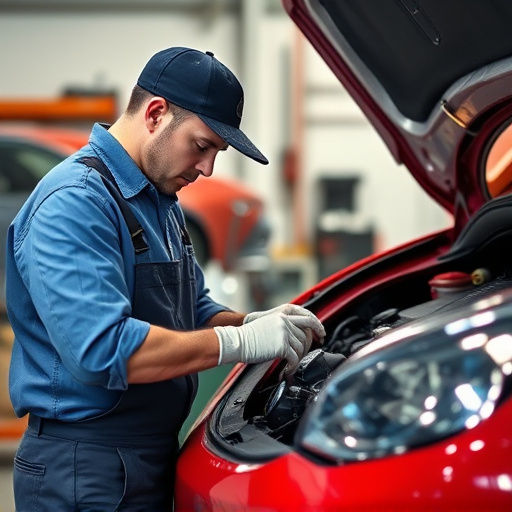
In today’s automotive industry, defining true quality collision repair services involves understanding evolving standards and customer expectations. Modern consumers demand repairs that not only restore their vehicles to pre-accident condition but also ensure safety, longevity, and aesthetic appeal. This shift is driven by the increasing complexity of modern vehicle designs, stricter safety regulations, and a growing appreciation for precision craftsmanship in repair work.
Collision repair professionals must stay abreast of these trends, adopting advanced techniques such as computer-aided design (CAD) for accurate measurements, and employing state-of-the-art equipment to perform tasks like vehicle dent repair, vehicle paint repair, and car scratch repair with precision and efficiency. Moreover, adherence to industry standards and certifications ensures that repairs meet the highest quality benchmarks, instilling confidence in customers who seek not just competent but also reliable service providers for their vehicular needs.
Key Factors in Delivering Superior Quality Services
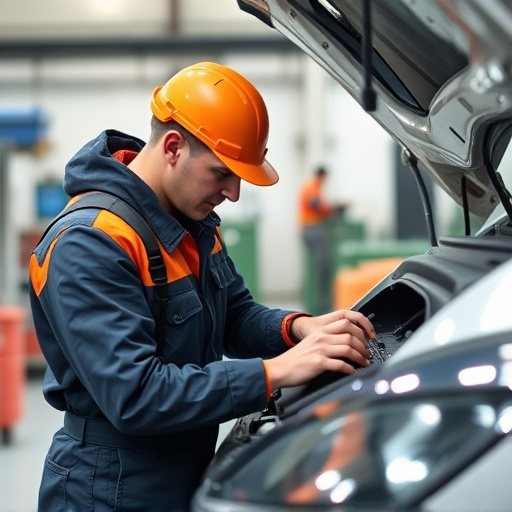
Delivering superior quality collision repair services is a multifaceted endeavor that goes beyond mere technical proficiency. Several key factors play a pivotal role in shaping the overall customer experience and ensuring long-lasting vehicle satisfaction. Firstly, expert technicians armed with the latest training and certifications are indispensable. They possess the skills to accurately assess damage, choose the best repair methods, and restore vehicles to their pre-accident condition or even enhance their aesthetics.
Secondly, state-of-the-art facilities equipped with advanced technology are crucial. These tools enable precise measurements, efficient repairs, and impeccable finishes, aligning with modern automotive standards. Additionally, using high-quality parts and adhering to strict quality control measures guarantees longevity and safety. Lastly, effective communication, transparency in pricing, and personalized service further elevate the customer experience in the competitive landscape of automotive collision repair.
The Impact of Advanced Technology on Repair Accuracy
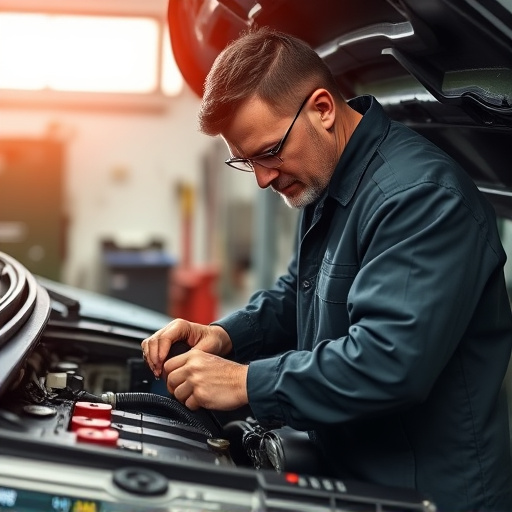
In today’s digital age, advanced technology has revolutionized quality collision repair services across the globe. Modern auto body shops now employ sophisticated tools and software designed to enhance precision and accuracy during the repair process. These innovations, such as computer-aided design (CAD) systems, laser measuring devices, and robotic welding equipment, enable technicians to achieve a higher level of detail and consistency in their work. By seamlessly integrating these technologies into their operations, collision centers can confidently deliver top-notch results that meet or exceed manufacturer standards.
This shift towards technology-driven automotive collision repair has several significant advantages. First and foremost, it ensures precise restoration of vehicles’ structural integrity, maintaining their original design and safety features. Moreover, advanced tech facilitates efficient workflow management, reducing turnaround times and enhancing overall customer satisfaction with fleet repair services or car repair services. Ultimately, the combination of skilled technicians and cutting-edge technology sets a new benchmark for quality collision repair, elevating the standards across the industry.
In today’s automotive landscape, defining true quality collision repair services involves a multifaceted approach. By understanding evolving industry standards, prioritizing superior customer experiences, and leveraging advanced technology, repair facilities can deliver exceptional results. Key factors such as skilled craftsmanship, precise measurements, eco-friendly materials, and transparent communication ensure that vehicles not only look new but also function optimally. The integration of cutting-edge technology enhances accuracy, reduces waste, and expedites repairs, making quality collision repair a game-changer in customer satisfaction and vehicle preservation.

